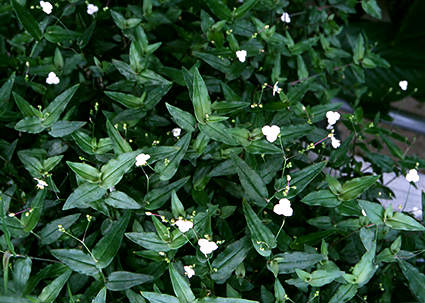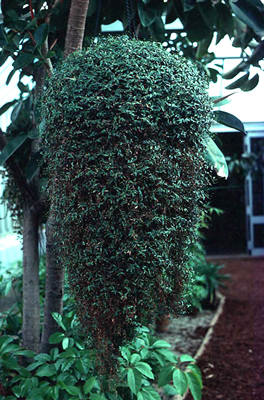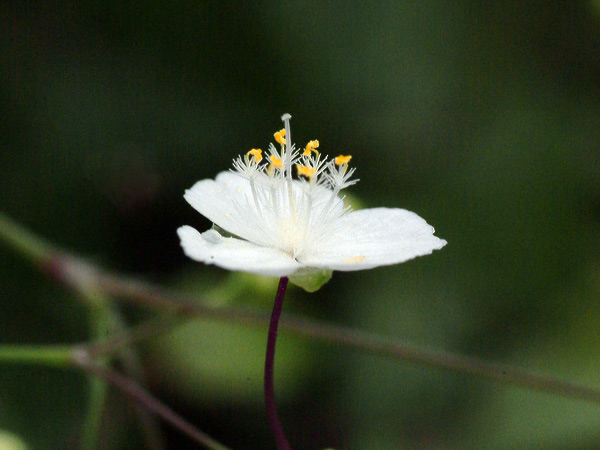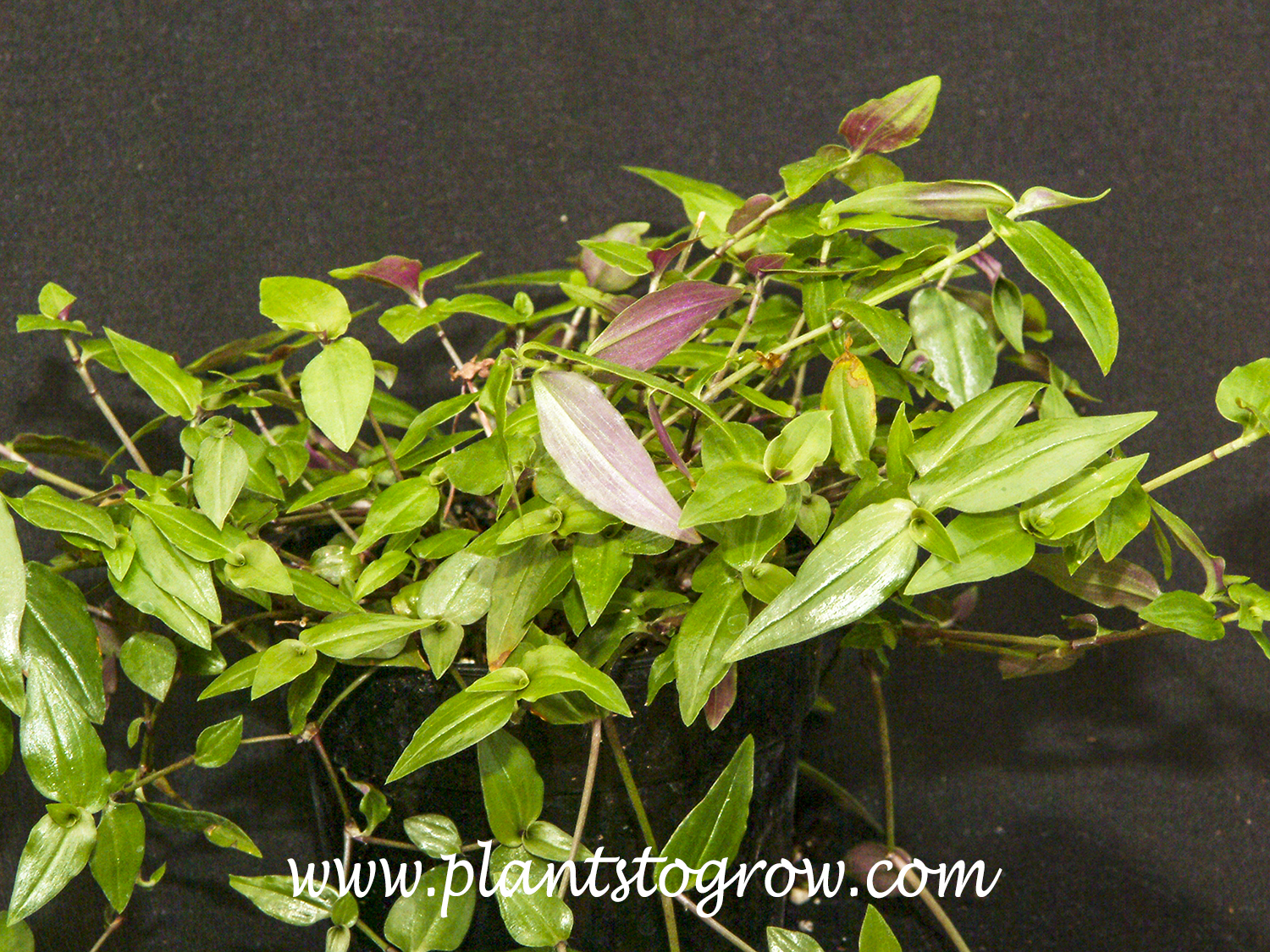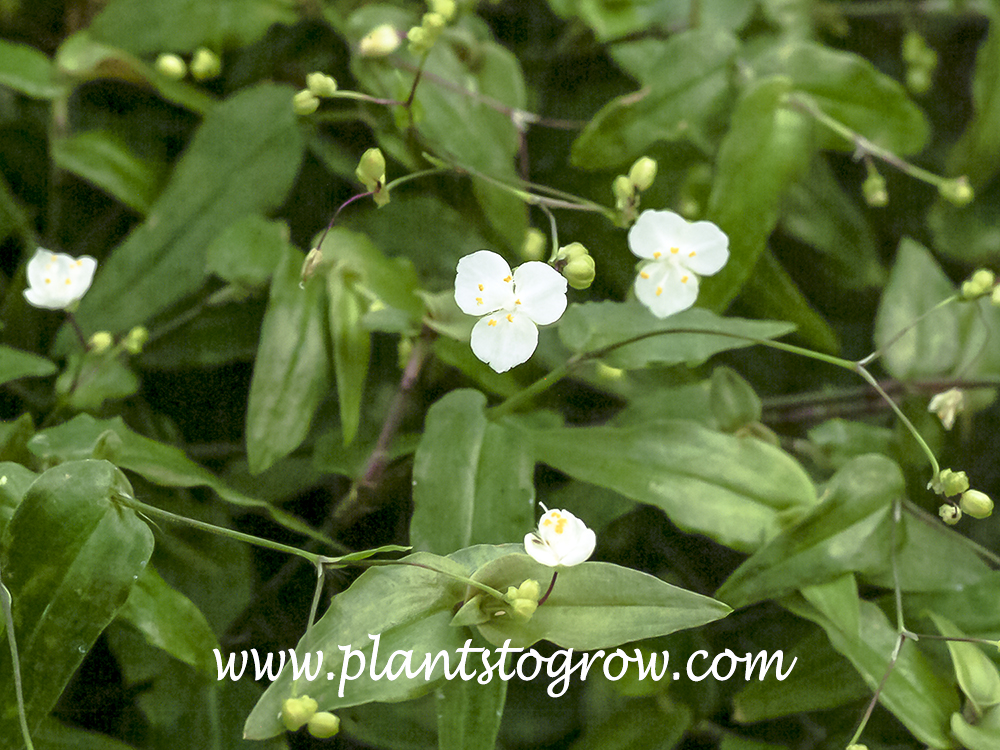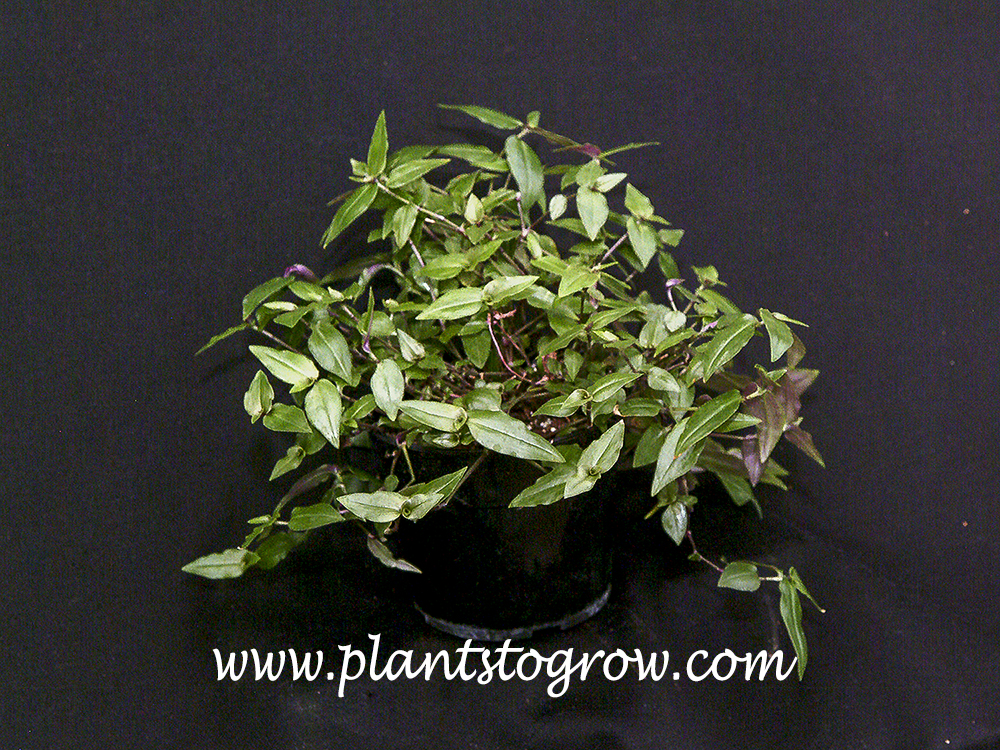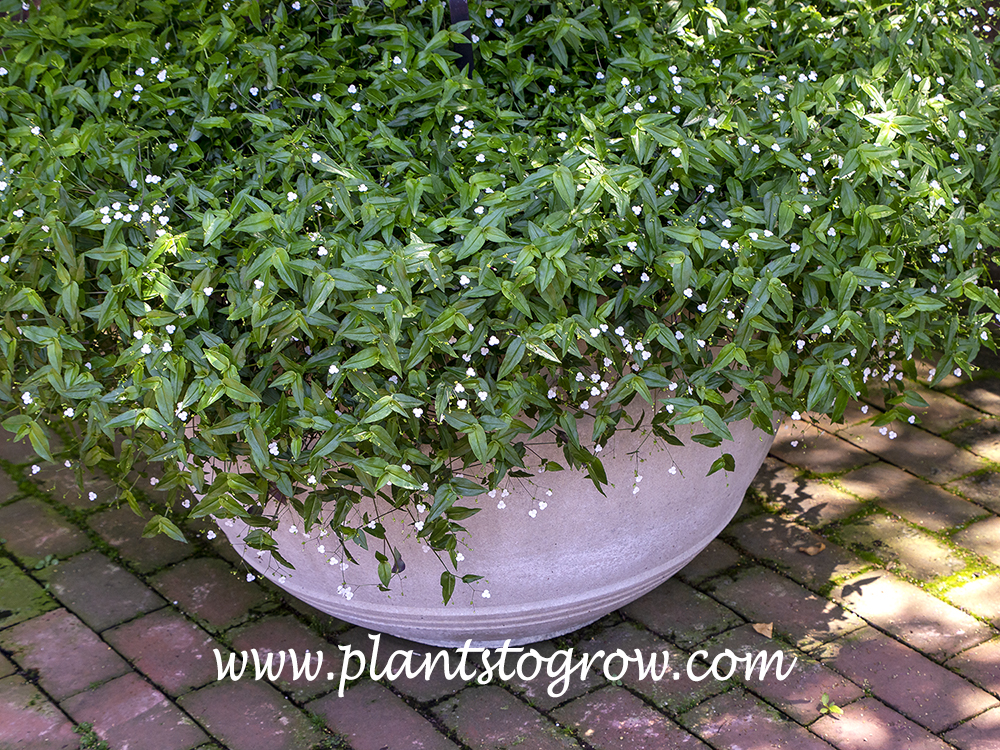| Description | Bridal Veil (Gibasis) will produce a profusion of tiny white flowers if given the proper growing conditions. Best grown in bright light. |
|---|---|
| Pronunciation | (gib-AY-sis) (gen-ik-yoo-LAH-tuh) |
| Plant Type | Indoor Foliage, Perennial Tender |
| Hardiness Zone | 9 |
| Sunlight | Prefers bright light but will tolerate lower conditions. In the lower light conditions the plant's foliage color is lighter and the plant is not as full. Will only bloom if given good light. |
| Moisture | Needs to be kept evenly moist. Prefers average house plus humidity but will tolerate average house. |
| Growing Media | average house |
| Temperature | average house |
| Flowers | small single white |
| Leaves | small, olive green on the upper surface and purple below, purple becomes darker in the proper light |
| Stems | thin, wiry and freely branching |
| Dimensions | Can become very long. I have had plants over 30". |
| Maintenance | This is a rapid growing plant needing occasional pruning to promote new, fresh foliage growth. It is also rather messy, constantly dropping a few leaves. If possible take the plant and give it a good shake. This will help loosen and eliminate the collection of dead leaves inside of the plant. |
| Propagation | Although stem cuttings are easy to root, the stems are very thin and easily broken. Make sure you dibble a hole in your rooting media. I like to root around five to six cuttings per 3.5" pot and transplant as the plant grows. |
| Native Site | Native to Jamaica and the Tropical Americas. |
| Misc Facts | The taxonomy of this plant is confusing and listed under many different scientific names. The trade tends to use Tradescantia multiflora. Putting it in the genus with the Inch plants. Also Gibasis geniculata or G. pellucida. According to the Hort Technology, 1995 (Vol. 5) (No. 2) 144-146, on a study done by the Department of Horticultural Science, North Carolina State University , Gibasis pellucida is the correct nomenclature. AKA: Tahitian Bridal Veil: |
| Author's Notes | I found this to be an easy plant to grow in the greenhouse where it will produce a plethora of flowers. A bit tougher to get it to produce a mass of blooms in the house but still rather easy to grow. It likes to be grown outside during the warmer part of the year. |
| Notes & Reference | #02-Exotic Plant Manual (Alfred Byrd Graf), #18-House Plant Encyclopedia (Nico Vermeulen) |

Cart
